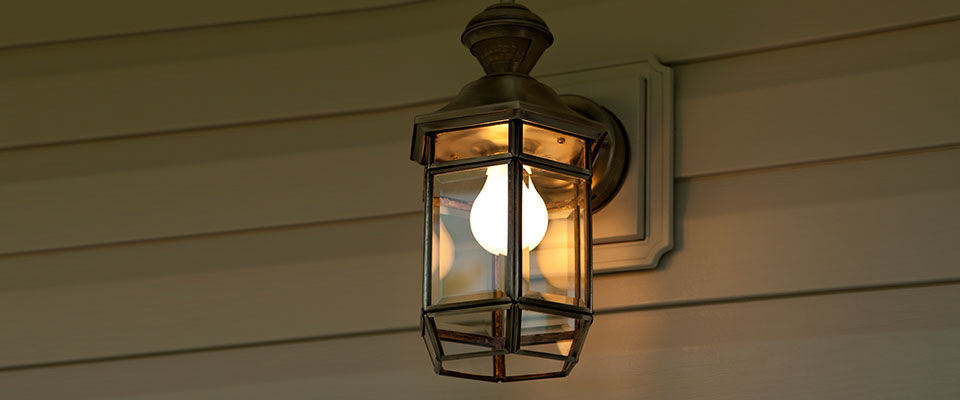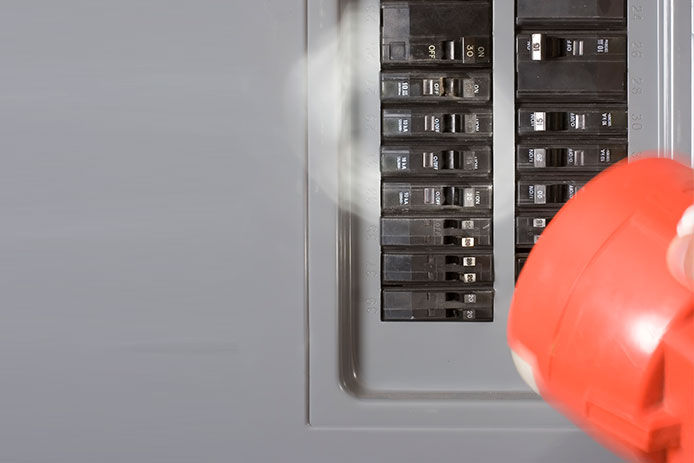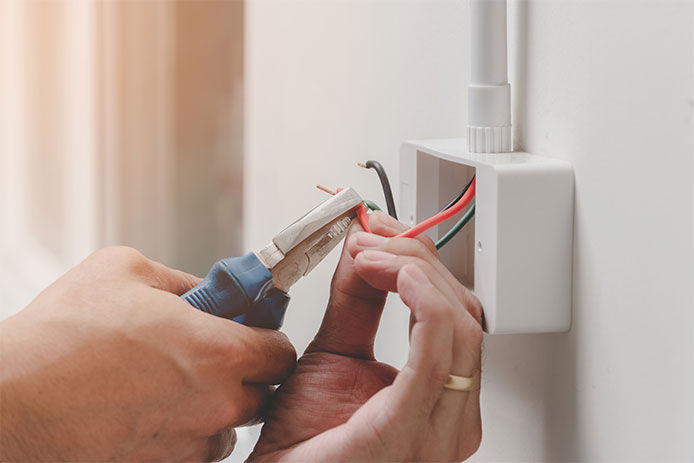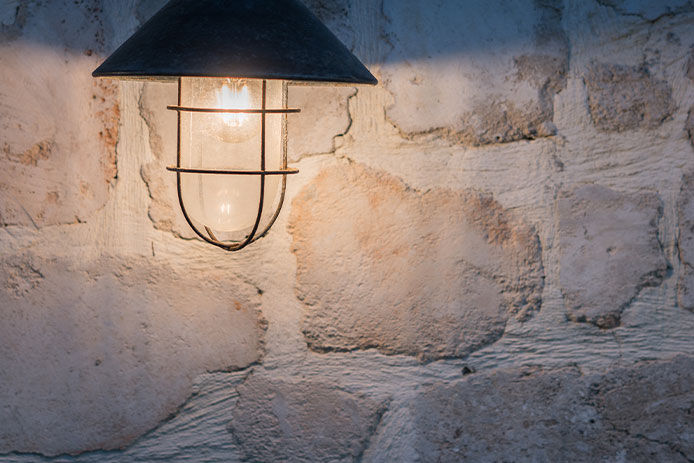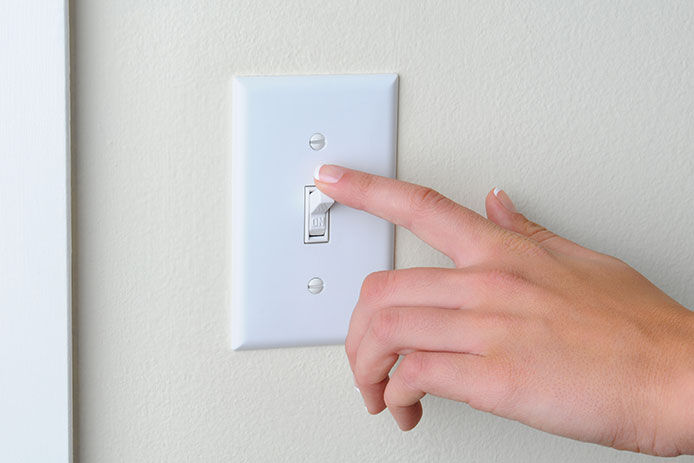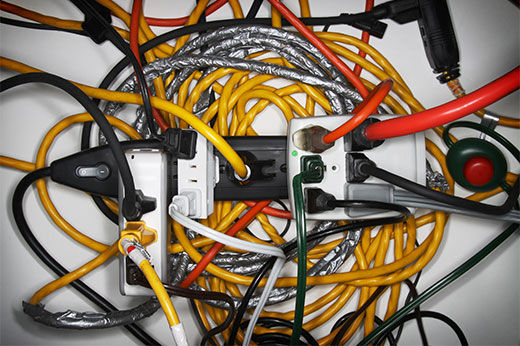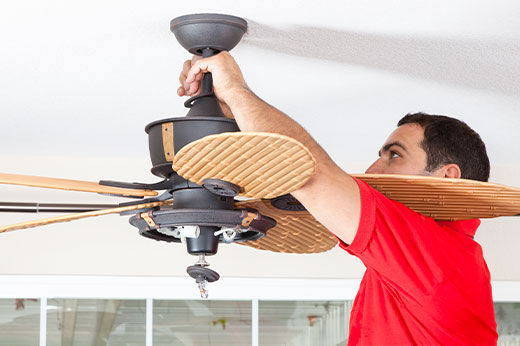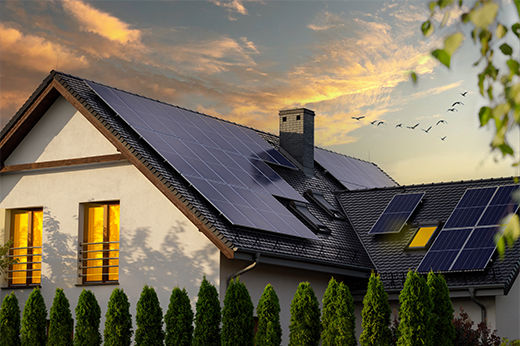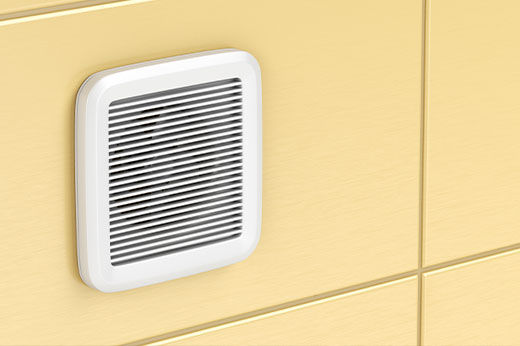How Much Does It Cost to Replace a Light Fixture?
When it comes to (interior and exterior) light fixtures, there is quite a wide range of prices. Most of the cost will come from the types of outdoor lighting fixtures you select. Most wall-mounted outdoor fixtures start at around $20, and prices can range up to hundreds of dollars for a designer fixture. Finding the perfect fixture is important, especially because it can increase your home's curb appeal and last for years.
Security light fixtures often include flood lights, motion detection, and multi-directional lights. However, plenty of affordable security light options are on the market as well. As you choose a light, consider your needs and how you want the light to perform.
As for other costs, you’ll need to select the right light bulb or bulbs for your fixture, and you may need a few tools (many of which the average DIY-er may already have on hand). Replacing an outdoor light fixture is an inexpensive DIY project and a simple process that can make a huge difference in your comfort levels at home.
